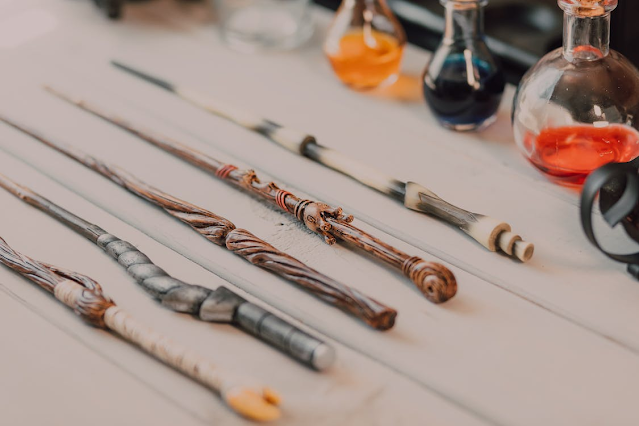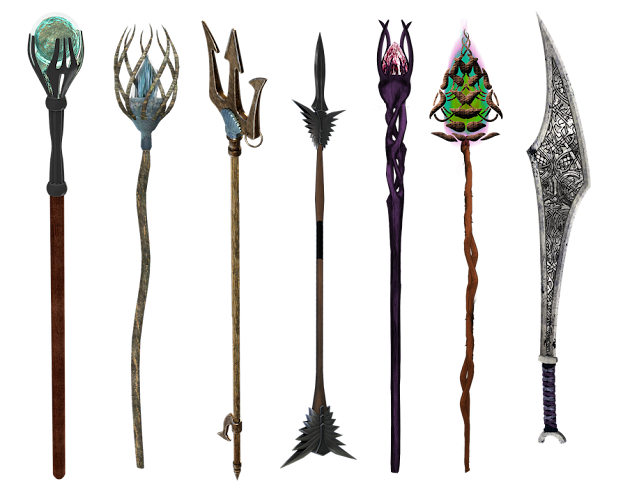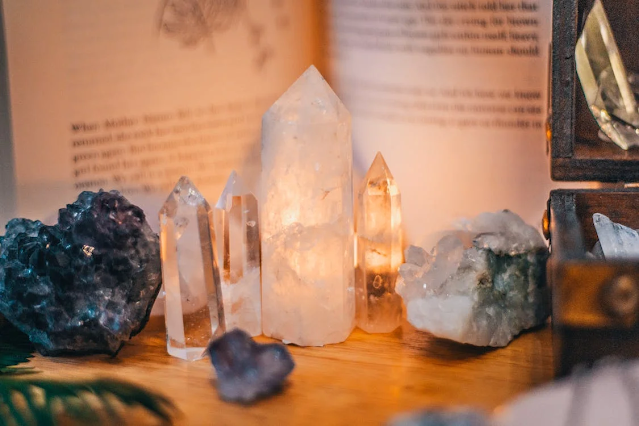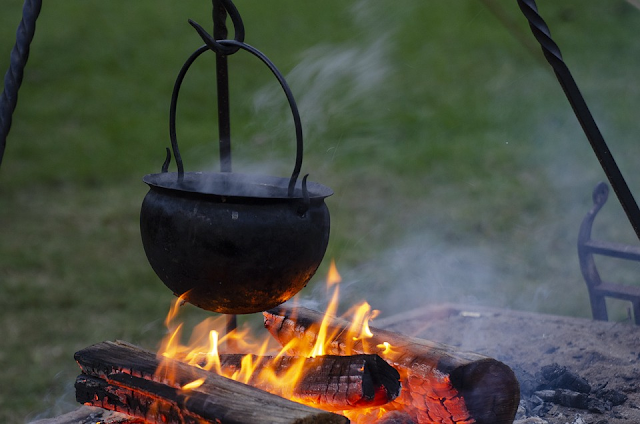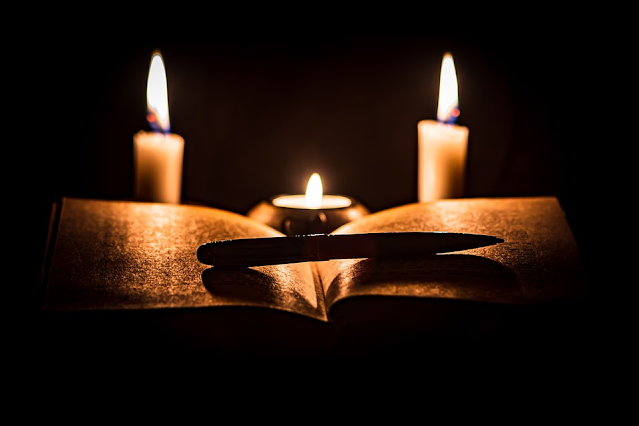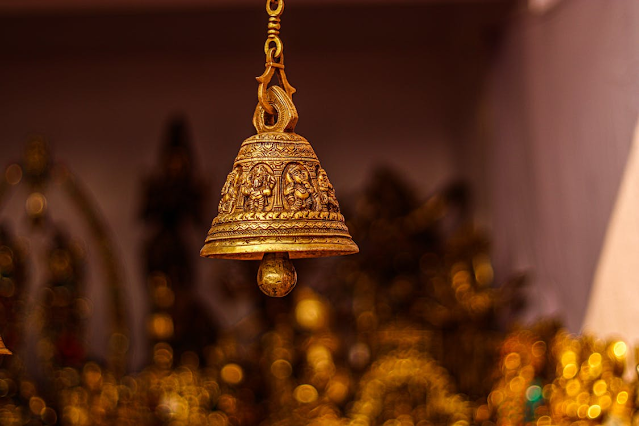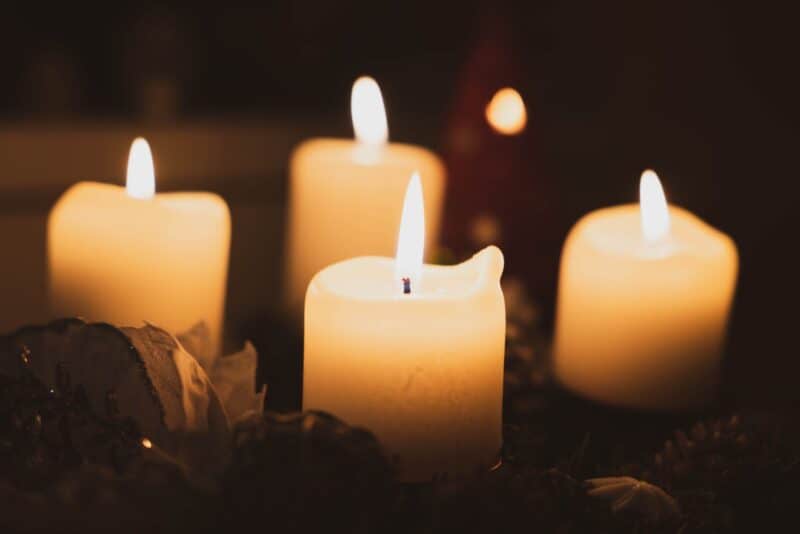When someone first learns about Wicca or another form of pagan religion, they frequently run out and buy every single magical item they can find. After all, books advise us to get everything. But keep in mind that magical instruments serve real purposes. Let’s take a look at some of the things that Wiccans and Pagans use for magic and ceremonies. Bear in mind that not every culture uses each of these items, nor do they always use them in the same manner.
1. Wand
Even if it sounds cliché, the wand is one of the most widely used magical implements in Wicca and several ceremonial magic traditions. It serves a variety of magical functions. During a ceremony, energy is directed with a wand. It is used to signify male energy, power, and virility because it is a phallic symbol. The wand, which symbolizes the element of air (but in certain traditions it represents fire), can be used to conjure a deity or dedicate an area to a sacred purpose.
Various types of wood have different magical purposes and connotations. A “Wand Witch” may frequently keep a wide variety of wands in his or her magical closet. Witches who do not utilize athames frequently substitute a wand.
2. Staff
A magical staff is frequently used in rituals and ceremonies by Wiccans and Pagans. It’s not a necessary magical item, but it can be useful. The staff is frequently linked to strength and authority, and in some religions, only the high priest or high priestess is allowed to carry one. In some cultures, anyone is allowed to have one. The staff is regarded as a symbol of male vitality, much like the wand, and it typically represents the element of air (but in some traditions, it represents fire). The staff can be made just like other magical instruments.
3. Robe
Many Wiccans and Pagans favor wearing special robes for ceremonies and rituals. Your robe may need to be a particular color or style if you belong to a coven or other group. The color of a practitioner’s robe, according to some traditions, can indicate their level of training. Putting on the ritual robe is a common way for individuals to escape the routine activities of daily life. It lets them get into the right frame of mind for the ritual and move from the normal world to the magical one. However, wear whatever is most comfortable for you. The majority of individuals choose to wear nothing underneath their ceremonial robes.
4. Pentacle
The pentacle is used in almost all Wiccan traditions (and many other Pagan paths, too). The pentacle is not the same as the pentagram, which is a five-pointed star. Instead, it is a flat piece of wood, metal, clay, or wax that has magical symbols on it. People often mix up the two names because the pentagram is the most common symbol. The pentacle serves as a protective talisman in ceremonial magic. Although it can be used on the altar as a location to hold goods that will be ritually consecrated, in most Wiccan traditions, it is seen as a symbol of the element of earth. One can be purchased commercially or made yourself.
5. Divination Tools
In your magical work, you can use any of a wide range of divination methods. While some like to experiment with a variety, you might discover that one way is more your style than others. Check out a few of the different types of divination to see which, if any, works best for you and your skills. And keep in mind that practice makes perfect, just as with any other skill set! Decide which one or two divination techniques most interest you and start there rather than having all of these tools clog up your workspace.
You might discover that while you’re fairly good at reading Tarot cards, you’re not very good at reading Ogham staves. Even though you’re an expert pendulum user, you could find the Norse runes to be incomprehensible.
6. Crystals
There are literally hundreds of different stones available; however, the one you decide to select will depend on your goals. You won’t go wrong if you choose crystals and gemstones for use based on their correspondences or qualities. Birthstones can also be used in magical rituals. Each birthstone has unique magical abilities, and there is one for each month of the year. Remember that it’s a good idea to cleanse a new crystal or gemstone before using it for the first time.
7. Chalice
The chalice, or cup, can be found in several Wiccan goddess-focused traditions. The chalice, which resembles a womb or the beginning of life, is feminine and womb-like, like the cauldron. On the altar, it typically stands in for the water element. During a symbolic performance of the Great Rite, the chalice and the athame are used together in some covens to show the feminine side of the Divine.
Chalices can be made of any material. Many people use silver or pewter, but ceramic wine glasses are also fairly fashionable and easily accessible these days. Some witches have a wide variety of tools for performing various rituals. Many practitioners will steer clear of actual “lead” crystals due to Saturn’s energies. Sometimes the chalice is passed around the group in order for everyone to have a drink. As the chalice is passed around the circle, people often say, “May you never thirst!”
8. Cauldron
Similar to the chalice, the cauldron is a common Wiccan symbol in many goddess-focused traditions. It is feminine and womb-like, the place where life first manifests itself. On the altar, it typically symbolizes the element of water. The cauldron is connected to the prophetic Cerridwen in Celtic mythology. She is in charge of looking after the Underworld’s reservoir of wisdom and inspiration.
If you’re going to use a cauldron, make sure you have a different one set aside to use for magic, since using it for magic more than once will make it useless for cooking. If your cauldron is made of cast iron, make sure to season it adequately as well.
9. Candles
A prominent tool in Wiccan and Pagan rituals is the candle. Candles are often used to cast spells, and they are also used to represent gods and goddesses and the fire element. Candles are said to be able to absorb your energy and then release it when they burn. Candles are lit for a set number of days as part of working in some hoodoo and rootwork traditions.
Some individuals think that homemade candles are much more potent than store-bought ones. Others contend that the work itself, rather than the candle’s source, is what makes a difference. However, most traditions agree that specific hues are crucial to candle magic.
10. Book of Shadows (BOS)
There isn’t only one book of shadows, despite the existence of well-liked films and television programs. A Wiccan’s or Pagan’s informational notebook is known as a “book of shadows,” or BOS. It typically includes things like spells, rituals, correspondence charts, details on magic’s laws, invocations, myths, stories from different pantheons, etc. Even though a coven may have both a coven BOS and individual members’ books, information in a BOS is occasionally passed down from one Wiccan to another. However, you can make your own with a little bit of work. A BOS is very personal and ought to include the details you value the most.
11. Besom
A ceremonial space is cleaned up before a rite using a besom, or broom. A quick sweep removes any negative energies that could have gathered in the area since the last cleaning, in addition to cleansing the physical space. The broom is associated with the element of water since it is a cleanser. Witches that collect brooms are not unusual to run into, and if you don’t want to buy one, you may easily create your own besom. A staff made of ash or oak, a bundle made of willow wands, and a bundle of birch twigs are all components of the traditional magical formula.
Household goods have their own unique set of magical qualities in many belief systems. The common broom is arguably one of the most magical items in existence. The broom has a rich and complicated history of folklore, tradition, and mystery behind it. It has been known for a long time that it is one of the most popular magical tools a witch can use.
12. Bell
Rural people understood hundreds of years ago that loud noise frightened away evil spirits, and the bell is a perfect example of a useful noisemaker. A bell’s ringing generates powerful vibrations, which are the source of the power. A ritual rattle, sistrum shaking, or the usage of a “singing bowl” are some variations of the bell. A magical circle can become harmonious with the aid of all of these. In some versions of Wicca, the bell is rung to start or close a ritual or to invoke the Goddess.
13. Athame
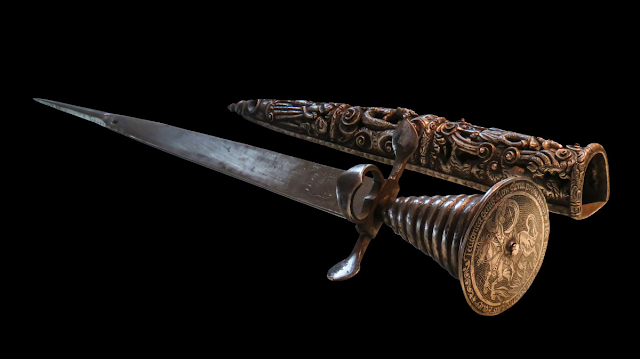
Numerous Wiccan and Pagan ceremonies employ the athame as a tool for energy direction. It can take the place of a wand and is frequently employed in the process of casting a circle. The athame is often a double-edged knife that can be bought or created by hand. Real, physical cutting is not often done with the athame.
There are numerous approaches you can take if you want to create your own.
Depending on your level of metalworking expertise, this project may be straightforward or challenging. Instructions for making an athame can be found on several websites, with varying degrees of difficulty.
14. Altar
Most of the time, the altar is in the middle of a Pagan ritual and is the center of religious ceremonies. It serves as both a workstation for casting spells and a table for holding all of the ritual tools. You can have year-round permanent altars or seasonal ones that you alter when the Wheel of the Year rotates.
It’s not unusual to come across people who have multiple altars in their homes. The ancestor altar, which includes pictures, ashes, or heirlooms from departed family members, is a common topic. Some people enjoy creating a nature altar on which they display intriguing items they come across while out and about. These items might include an uncommon rock, a lovely seashell, or a piece of wood that appeals to them. Allowing kids to have their own altars in their rooms, which they can customize and arrange however they see fit, is a good idea if you have kids. Use your altar to hold the things that are important to you because it is as unique as your spiritual path.


